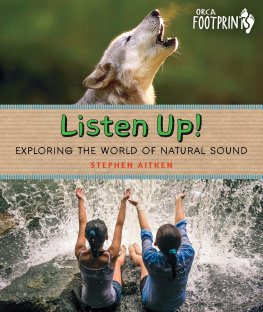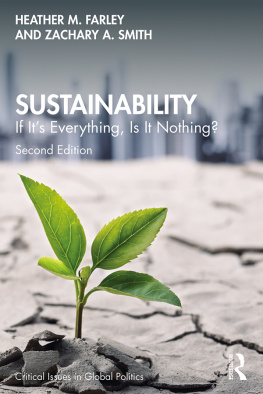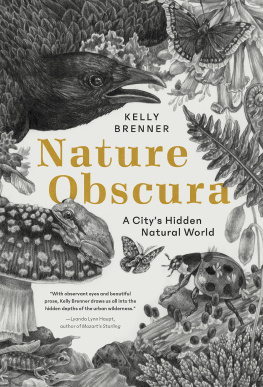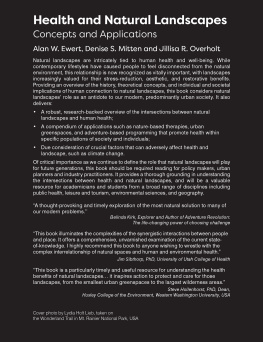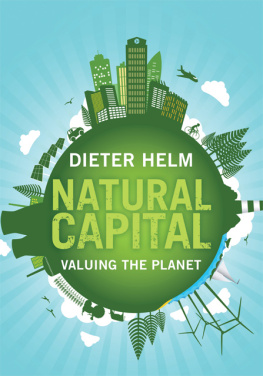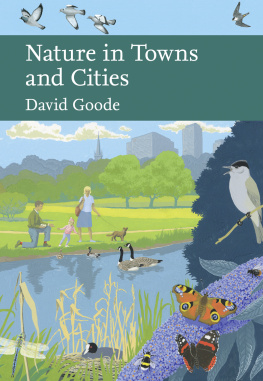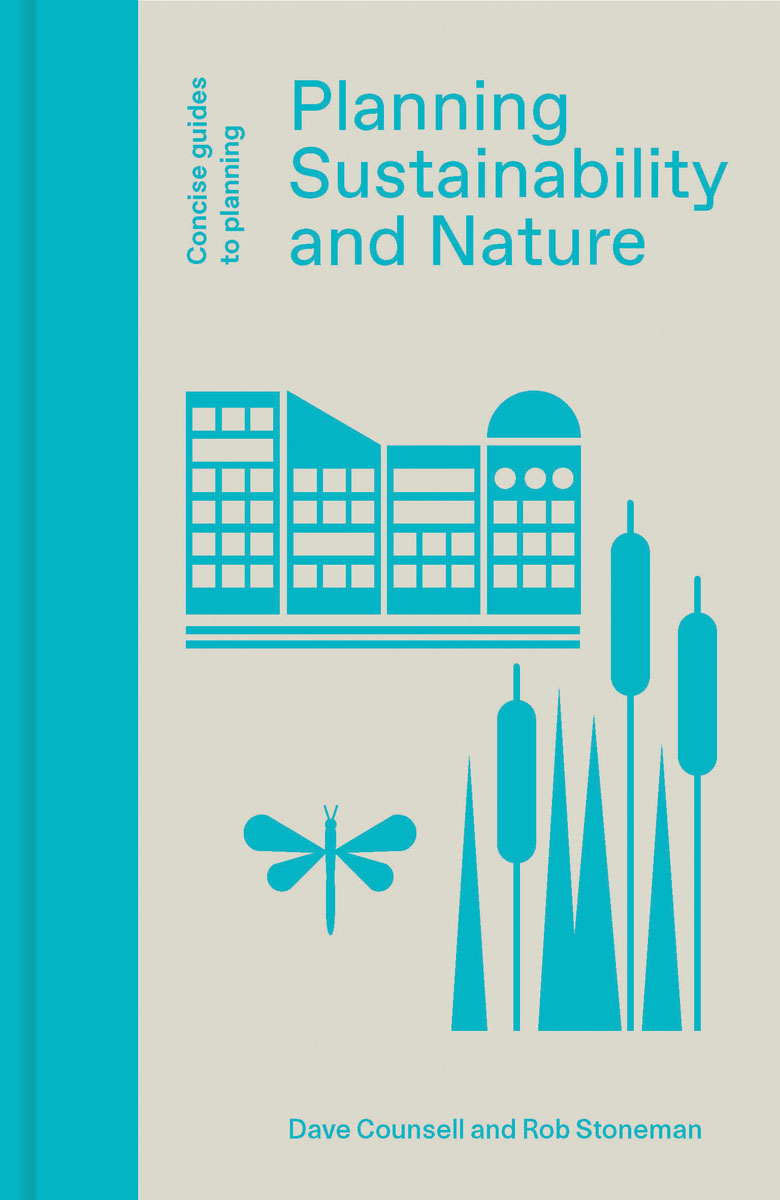

First published in 2018 by Lund Humphries
Lund Humphries
Office 3, Book House
261A City Road
London EC1V 1JX
UK
www.lundhumphries.com
Planning, Sustainability and Nature
Dave Counsell and Rob Stoneman, 2018
All rights reserved
ISBN (hardback): 9781848222854
ISBN (eBook PDF): 9781848222861
ISBN (eBook ePub): 9781848223004
ISBN (eBook ePub Mobi): 9781848223011
Concise Guides to Planning (Print): ISSN 25168177
Concise Guides to Planning (Online): ISSN 25168185
A Cataloguing-in-Publication record for this book is available from the British Library.
All rights reserved. No part of this publication may be reproduced, stored in a retrieval system or transmitted in any form or by any means, electrical, mechanical or otherwise, without first seeking the permission of the copyright owners and publishers. Every effort has been made to seek permission to reproduce the images in this book. Any omissions are entirely unintentional, and details should be addressed to the publishers.
Dave Counsell and Rob Stoneman have asserted their right under the Copyright, Designs and Patent Act, 1988, to be identified as the authors of this work.
Designed by Stefi Orazi Studio
Cover illustration by Stefi Orazi
Set in Favorit
Image credits
Airfotos. Banks Group:
Contents
Foreword
It is an enormous pleasure and privilege to introduce the first book in our new series, Concise Guides to Planning. Planning, Sustainability and Nature addresses some of the most important, challenging and fast-moving policy areas in planning today. It does so in an utterly engaging and compelling way, providing a wealth of information and informative case studies which illustrate what can be done with imagination and commitment by planners and those they work with.
The book is written by two real experts in the field, bringing a wonderful mixture of academic rigour and professional expertise and insight. The result is a book which I devoured in one sitting, something I cant ever remember doing before. This is testimony to the authors themselves but also to the mission for this book series to provide rich, well-written and approachable texts that will help professionals to extend and update their skills and introduce students to new subject areas.
Graham Haughton, Series Editor
Preface and Acknowledgements
With their specialist language, acronyms and complex relationships, the natural sciences are not widely understood by other professions and academic disciplines, yet planners need to address many aspects of the natural environment in their professional work. Any difficulties experienced are compounded by the fact the two disciplines often have their own policy agendas reporting to different governance institutions.
This book attempts to demystify the subject, making it more accessible to planners and other built environment professionals by providing a grounding in the evolving concepts associated with biodiversity and the natural environment and in the practical application of these concepts. It addresses the shifting focus of natural environment policy, from the protection of rare species and often small nature reserves to a more holistic approach based on biodiversity and whole natural systems, looking at the implications of these shifts for planning practice. As well as traditional approaches to site designation and species protection, it will explain what is meant by concepts such as natural capital, landscape-scale conservation, connectivity of ecosystems, habitat creation, rewilding, ecosystem services, multifunctionality and re-naturing cities, and will consider how they might be addressed in urban and rural planning. The principal focus of discussions about policy will be on the UK and Europe, but a broad selection of case studies will give examples of practice from other countries throughout the world.
Overall, the book will attempt to answer the following questions:
- Why should planning professionals need to think more about these issues and have a better understanding of how the focus of policy and practice on the natural environment has shifted historically?
- Why do planners need to understand the language of environmental science and what is meant by concepts such as biodiversity, natural capital and ecosystem services?
- Why is it important to plan for the natural environment at a whole landscape scale and to connect fragmented wildlife habitats?
- Why do planners need to look beyond protecting particular species and their habitats, towards rebuilding the whole natural environment?
- Why should planners help nature to recolonise towns and cities and how best can they do this?
We have received support writing this book from a number of individuals and organisations and would particularly like to thank Rachel Hackett of The Wildlife Trusts for her invaluable help with case studies and images, and the following staff at Y orkshire Wildlife Trust: Sally Henderson and her graphics team; Sara Robin, Lauren Garside and Louise Wilkinson in the planning team; Jeremy Garside at Tees Valley Wildlife Trust for assistance with the Bowesfield case study ().
The photographs are mainly from The Wildlife Trusts and Yorkshire Wildlife Trust image collections. Photographers are acknowledged on and we are grateful to all the photographers for the use of their images to illustrate this publication.
Chapter 1
Changing Approaches

Introduction
This chapter explores regulatory and policy development for nature conservation in the United Kingdom and Europe. It illustrates how early UK legislation and the European Union Nature Directives focused largely on protecting rare and declining species of plants and animals and the best examples of their habitats; many of these relatively small areas. New approaches were sought which looked at conservation more holistically and at much greater spatial scales. Many of these ideas were brought to the attention of the British Government in an influential report, Making Space for Nature: A Review of Englands Wildlife Sites and Ecological Networks (2010). They were subsequently incorporated into a White Paper on the Natural Environment and into the National Planning Policy Framework and Planning Policy Guidance. Similar themes are addressed in policy statements emerging from Europe such as the EUs Biodiversity Strategy to 2020.

Origins of nature conservation in the UK
Conserving land for nature has a long history in the UK. Wild areas of land, such as the royal forests in England, have been given a degree of protection since Norman times, though these were managed largely for the protection of game (principally deer and wild boar), not for the natural environment itself. Nevertheless, Forest Law did protect many areas of woodland and heath which might otherwise have been cultivated. The New Forest is a prime example of a royal forest whose habitat has survived to the present time and even retains the medieval court that looks after its interests: the Verderers.
Next page

